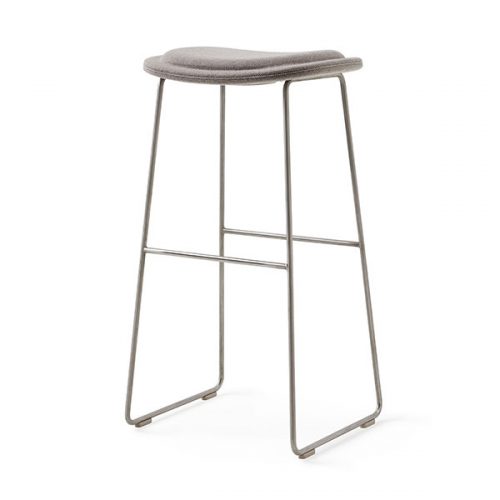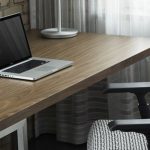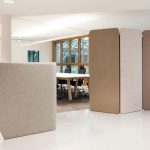Blurring Boundaries: Nature at the office
Biophilic design in the office it is a rising trend that brings the outdoor into the office and workplace. Based on the idea that humans have a need to connect with nature, Stephen Kellert created design principles that involve direct and indirect experiences of nature in spaces.
According to WorkTech Academy “we now spend 87 per cent of our lives indoors. And another 6 per cent in the car. That leaves just 7 per cent spent outdoors. We dream of a restorative natural environment, yet we spend our lives at desks and in offices. The built environment has become our habitat.” For this reason, creating connections to nature is a growing trend among interior designers.
But biophilic design is much more than just adding some plants, is far more complex than that, spaces are design to include direct and indirect experiences for users. For a direct experience with nature the designer can include water, plants, lights, and natural landscapes. On the other hand an indirect experience includes images of nature, natural materials and colors, as well as shapes and forms evoking nature.
Biophilic design must relate and connect with whole ecosystems, like Metropolis Mag explains “emphasis on the overall setting or habitat and NOT a single or isolated occurrence of nature. All organisms exist within connected and related environments bound together as integrated wholes or ecosystems.”
As part of ecosystems the rhythm of natural light is important for our connection to nature, humans can recognize the time of day according to the intensity of light during the day. To add this natural element to the workspace, lower panels or panels with translucent materials will increase the access to natural light. Diffusing light is also important, since glaring spaces are uncomfortable.
The right light can impact the wellbeing and happiness of staff increasing motivation and productivity. Natural light has become a high commodity for workers, according to Harvard Business Review “in a research poll of 1,614 North American employees, we found that access to natural light and views of the outdoors are the number one attribute of the workplace environment, outranking stalwarts like onsite cafeterias, fitness centers, and premium perks including on-site childcare.”
As we now know how much light and natural elements benefit the productivity and well-being of staff, the same benefits can be brought to the office with sound and textures that link back to nature. These can be applied using materials like wood, or forms like a beehive.
As the world continues to urbanize the qualities biophilic design brings to the office environment are improving our well-being, reducing stress, and enhancing creativity and productivity, not only for individuals but for society at large.








